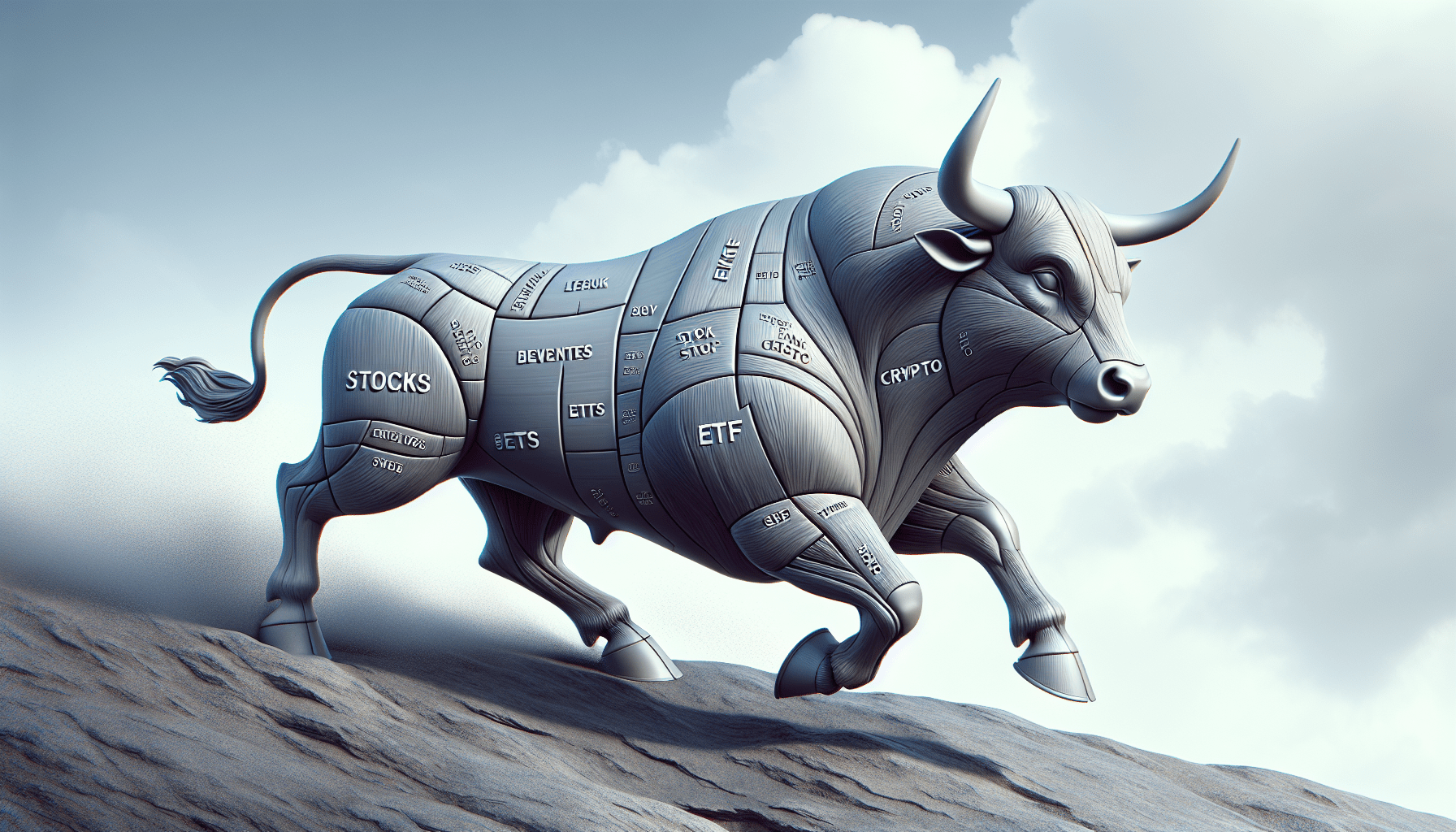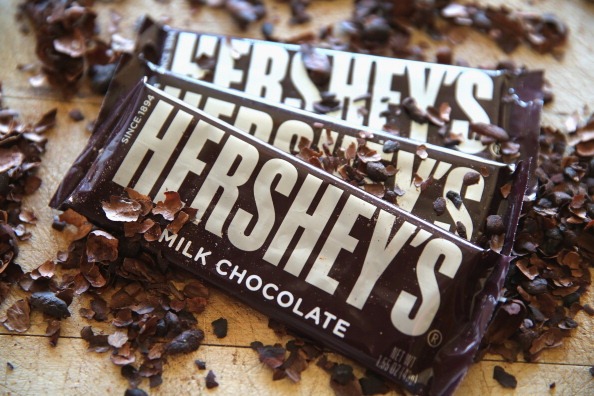Nadal Closes 2020 with Big GOAT Energy

Luckbox loves outliers.
Rafael Nadal won his record-tying 20th major title at the French Open in Paris on Oct. 11. It was the 13th time that Nadal has lifted the winner’s trophy at Roland Garros, bringing his career record at the event to an astonishing 100-2.
To put Nadal’s 13 titles at that event in perspective, consider that the American player Pete Sampras won 14 majors in his career and was widely considered one of the best players in history.
With 20 majors to his name, Nadal drew even in the major title race with another all-time great: Roger Federer. The two players have been fierce rivals throughout their careers but enjoy a warm relationship off court. Federer was one of the first to congratulate Nadal for his victory.
Circling back to the match itself, there was a lot in play when world No. 1 Novak Djokovic and world No. 2 Rafael Nadal entered the French stadium in October. At that time, Djokovic held 17 major titles and Nadal 19—both within sight of Federer’s all-time record of 20.
Moreover, had Djokovic won that match, he would have become the first player in the modern era to win each of the majors—the Australian Open, French Open, Wimbledon Open and U.S. Open—at least two times. Nadal himself needs only another title at the Australian Open to complete the double set of career Slams.
Interestingly, the last time these two players met in a major final, Nadal was seeking to claim that elusive second Australian Open title. That was back at the start of 2019, when the two faced off down under in Melbourne. Djokovic put together one of his most complete performances ever that day, dismantling the Spaniard by a score of 6-3, 6-2, 6-3.
During the 2020 French Open championship, Nadal returned the favor.
After a first set score of 6-0 in favor of the “King of Clay,” the outcome seemed inevitable. Nadal cruised through the second set 6-2 and then closed the match with a more closely contested third set, 7-5.
The match was eerily reminiscent of the final at Roland Garros in 2008, when Nadal defeated then-No. 1 Roger Federer. During that final, Federer won four games. In this year’s final, Djokovic won seven games.
The stat lines from the championship read like a typical Nadal victory—more winners (31) than unforced errors (14) for the Spaniard, and far too many unforced errors (52) for his Serbian opponent.
Djokovic won’t finish 2020 empty-handed, however, as the world’s No. 1-ranked player won the Australian Open back in January in front of a sold-out stadium. World No. 3 Dominic Thiem, of Austria, won the U.S. Open in September, while the fourth major of the year, Wimbledon, was cancelled because of the pandemic.
With the 2020 Grand Slam season now complete, fans and the pundits will have plenty of time to contemplate the historical implications of the last major. Prevailing opinion suggests that Djokovic, Federer and Nadal are in a race to see which player will go down in history as the so-called Greatest-of-All-Time (GOAT).
Federer, the first to reach 20 majors, had been widely acclaimed as “GOAT” after his last major victory in 2018. However, with Djokovic and Nadal six and five years younger, respectively, and now nipping at his heels, that claim feels tenuous.
After Nadal’s victory, he has undoubtedly bolstered his own GOAT case.
Nadal owns a 24-16 head-to-head (H2H) record over Federer. Nadal has also played better against the “Big 3″—the nickname for the epic trio of Djokovic, Federer and Nadal. So far, Nadal has gone 20-10 against Federer and Djokovic at the majors, while Federer has been subpar against the Big 3—a combined 10-21.
Looking at the next tier of professional tennis, after the majors, Nadal also holds the edge over Federer. Nadal has won 35 Masters 1000 tournaments, while Federer has won only 28. The Masters 1000 make up a series of nine tournaments played annually around the world, second in stature only to the majors.
One can’t forget that Nadal is about five years younger than Federer and has therefore accumulated Slam and Masters 1000 titles at a faster clip. Nadal has played in 19 fewer Slams than Federer (60 versus 79) and has the same amount of hardware. Nadal has also played in fewer Masters 1000 events than Federer but has won seven more titles.
Moreover, the Spaniard won the gold medal in singles at the Olympics in 2008, a feat Federer and Djokovic have yet to equal.
Finally, it’s not widely known that Nadal is the only male player in history to win Slams on clay, grass and hardcourt in the same year—referred to unofficially as the “Surface Slam.” Given the 100-year history of the tennis majors, that may seem surprising. However, before 1978, three of the four majors were played on grass, while one was on clay.
It was only after the introduction of hardcourt at the U.S. Open and Australian Open in 1978 and 1988, respectively, that the majors expanded beyond the original two surfaces.
So when Rod Laver achieved the most recent Calendar Slam in 1969 with victories in all four majors in the same year, he won three on grass and one on clay. Since hardcourt was introduced at the Grand Slam level in 1978, no male player has won the Calendar Slam, and Steffi Graf was the only female player to do it when she pulled it off in 1988.
In fact, no male player had won even three consecutive Grand Slams in the same year since Laver’s 1969 Calendar Slam—until Nadal did it in 2010. In the process, Nadal became the first male player to win Slams on clay, grass and hardcourt in the same year. Owing to the degree of difficulty involved, no player has done it since.
That means winning three consecutive titles in a year—on three different surfaces—in the modern era is virtually equal in difficulty to winning four titles in the same year during the previous era. Note that Federer and Djokovic have won three majors in a calendar year but never on three different surfaces and never consecutively.
Djokovic has held all four major titles at once, but that was across two different calendar years with an offseason in-between. While that’s impressive and also unprecedented in the modern era, it’s not in the same category as single-season records.
At any rate, legions of fans and pundits will view Nadal’s 20th Slam as evidence that the King of Clay has “officially” displaced Federer as the “unofficial” GOAT.
The statistics backing up that assertion include his H2H dominance over Federer (10-4 in Slams), his H2H dominance against the Big 3 (20-10 in Slams), his Olympic medal (i.e. Golden Slam) and his first-and-only Surface Slam.
For others, Federer might remain their GOAT because he’s still the all-time leader in weeks ranked No. 1, and because of his six titles at the indoor ATP Tour Finals. Each of the Big 3 have ended the year ranked No. 1 in the world on five occasions. Sampras remains the only player to do it six times.
Don’t forget Djokovic, with 17 Slams, is also very much in the conversation. The rate he has been accumulating majors in recent years suggests he could ultimately eclipse both Nadal and Federer.
Regardless, the final votes in the “GOAT race” won’t likely be cast until all three players have retired and their complete careers measured against the others’.
In the meantime, there’s a lot to look forward to in 2021. That’s when the pursuit of Grand Slam history starts anew at the Australian Open, which is expected to start Jan. 18.
Andrew Prochnow, an avid, longtime options trader, has written extensively on progressional tennis and has contributed articles to Bleacher Report and Yahoo!Sports. Readers can direct questions about any of the topics covered in this blog post, or any other trading-related subject, to support@luckboxmagazine.com.



















